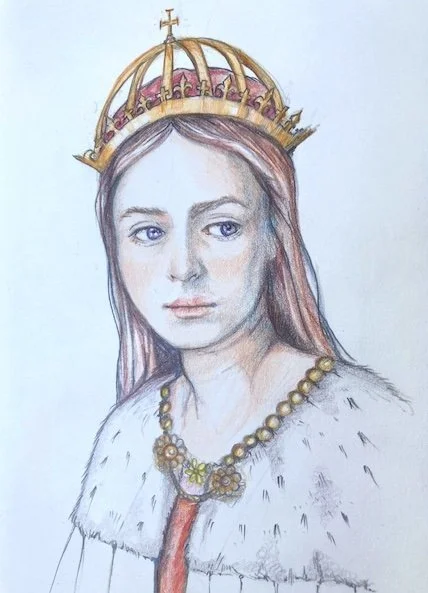Celebrating the Cultural Significance Behind Voguing
Vogue is a stylized and queer art form that has deeply rooted origins in the New York ballroom scene in the 1980s that exudes self-expression and identity for the LGBTQ+ community.
The ballroom scene included queer performers from diverse backgrounds — predominantly Black and Brown communities — who influenced the dance style which holds cultural significance inspiring later artistic movements and high fashion editorial magazines. Voguing continues its legacy with its timelessness, relevancy and manifestation of all art and expression.
Nearly 40 years after the dance style flourished in underground ballrooms of Harlem, the art form exists within heavy cultural appropriation and whitewashing of the drag scene. The Black and Latinx LGBTQ+ communities have established the dance style long before TikTok trends and Madonna’s “mainstream renaissance” 1990 single “Vogue.”
After the song came out, queer Black and Brown people were still left disenfranchised. The history behind voguing holds more influential, complex value than white girls wanting to participate in a dance trend.
The critically acclaimed 1991 queer documentary, Paris Is Burning, was filmed by white documentarian Jennie Livingston who followed the performers and captured the realities and hardships of New York’s ballroom culture that took four years to construct. The documentary sheds light on once taboo subjects for the time period; gender norms, ball subcultures, gender expression, AIDS, racism, poverty, homophobia and transphobia. It also explains the significance of words such as shade, reading, legendary take on a new meaning in the gay community.
Competing ball-walkers from different drag houses pose and in glamorous positions as if they were photographed for the front spread of Vogue Magazine. Vogue hails inspiration from Ancient Eqgyptian hieroglyphics and gymnastics with its sharp poses and freeze frame moves. It featured walking categories, including Realness With a Twist, Bizarre, Virgin Vogue, Face and Body. The contestants must also execute all five elements of Vogue Femme which includes: hands, catwalk, floor performance, spins/dips and duckwalking. It was also a direct response to the AIDS crisis.
Judges would score based on appearance, fashion, attitude and “realness.” Voguing became a statement for its dramatic hand movements, poses that resemble runway walks of models, and usually performed to underground house music. In the community, the catwalk is queer and is seen as a safe space for expressions free of judegement and homophobia through fashion, music and dance. This was seen as a battle and the contestant who wins “threw the best shade.”
As a tool fueling self-expression and fabulousness, the countercultural phenomenon gives Black and Latinx individuals a space to tell their stories and perform any identity. The intersectionality of queer identity and dance go hand-in-hand, providing a space in the ballroom to feel spiritual—mirroring a church as a safe haven for prayer and worship. The art of voguing is inherently linked with experimental ideas of fashion, class and social and economic mobility.
Between the 1960s and 1980s, drag competitions incorporated the aesthetics and style of underground ballrooms by integrating voguing battles. Queer contestants are represented by their “house family” or the mothers and fathers of the houses who provided a replacement family for many individuals who were marginalized and left homeless by their biological families due to gender or sexuality. Houses would take on names after famous fashion brands from Paris and Milan. In ballroom culture, the house you belong to is everything. “Mothers” and “Fathers” were typically drag queens, gay men or transgender women who provided guidance for their house “children.” Children would adopt the house name as their last name.
The alternative family became a scene of solstice, safety and acceptance as houses expanded. Legendary houses include: the House of Ebony, the House of Aviance, the House of Xtravaganza, the House of LaBeija, the House of Dupree, the House of Amazon, the House of Mugler and the House of Balenciaga.
Ball culture, its history and performance aspects are directly rooted in defiance and survival. In the late nineteenth century, members of the LGBTQ+ community were arrested and targeted due to their identities. More queer individuals became to organize underground masquerade balls known as “drags” to resist the homophobic laws that banned indivudals from cross-dressing. The categories were originally designed to glamorize white femininity and epitomize numerous genders and higher social classes, therefore, escaping from an oppressive reality. As the scene expanded, ideals of beauty standards became more diverse as well.
The legacy of ballroom culture continues to thrive in contemporary society as its celebrations of gender fluidity and art forms are captured throughout social media and reality TV shows, such as RuPaul. Ultimately, voguing is about the freedom to express identity and art. Fashion, art and music become increasingly influenced by queer ballroom culture whose work explores identity and the intersectionality of gender and oppression.











